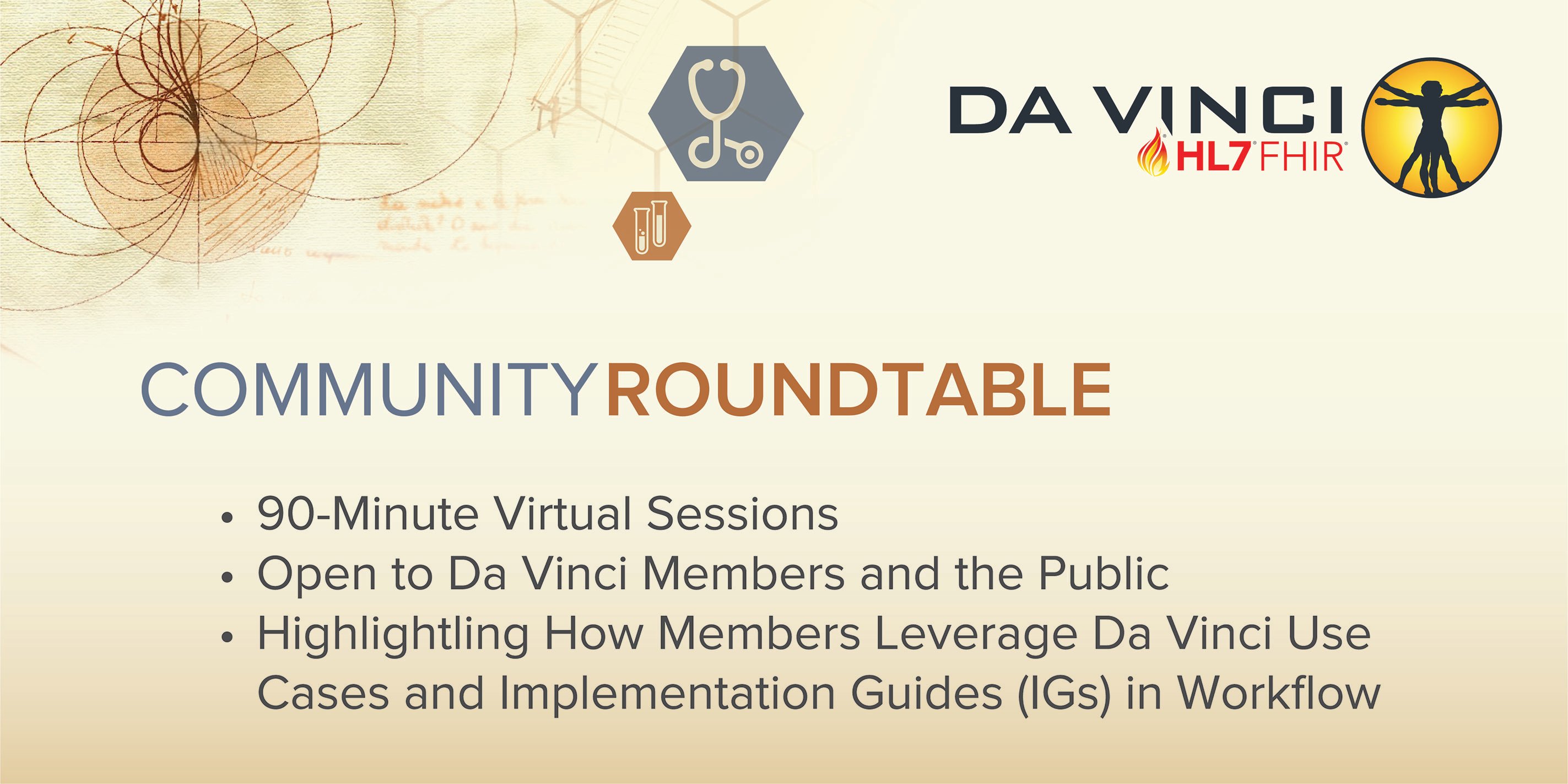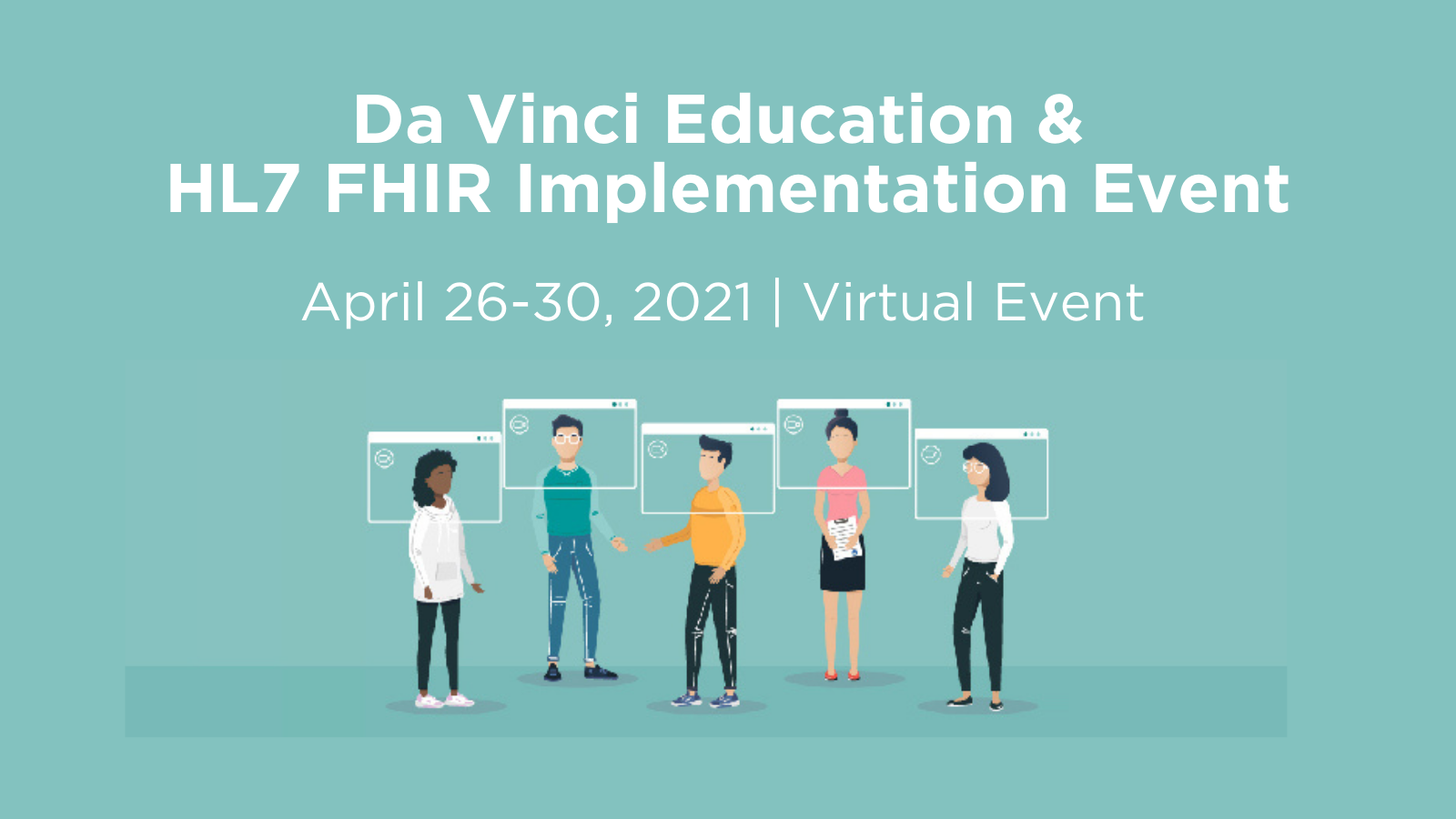Background
The Biden-Harris Administration will host the White House Conference on Hunger, Nutrition, and Health on September 28, 2022. In addition to announcing a national strategy to address the intersections between food, hunger, nutrition and health, the Administration has issued a call for stakeholder commitments along five pillars, including the “integration of nutrition and health.”
We seek to better integrate nutrition information within a patient’s electronic health record (EHR) by accelerating a standards-based approach to implementing universal social needs screening. With the final CMS IPPS rule requiring hospitals to report on social determinants of health (SDOH) screening quality measures in 2024, along with similar requirements of MA SNPs and ACO REACH model participants in 2023, we believe a multi-stakeholder effort, which should also include Medicaid agencies and managed care plans, to advance an HL7 Fast Health Interoperability Resources (“FHIR”)-based approach to meet these “functional” requirements will significantly enhance the ability of providers to meet these CMS requirements.




.png)
.png)
.png)

